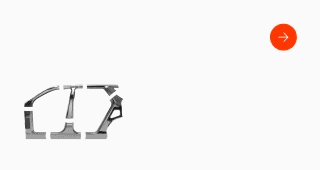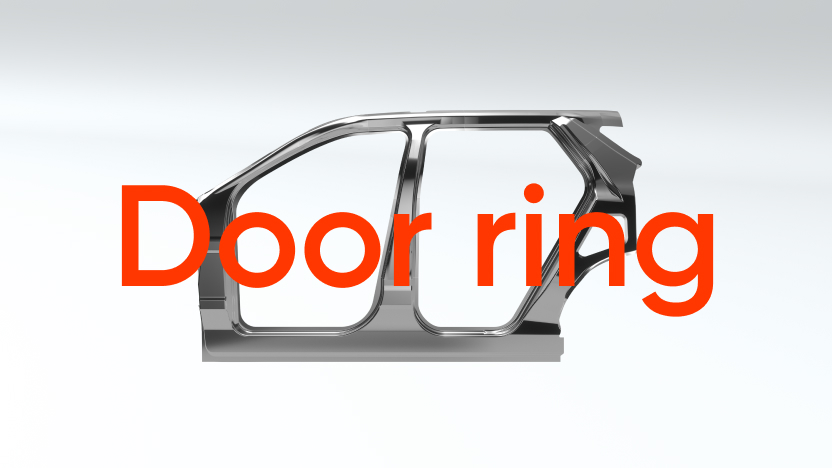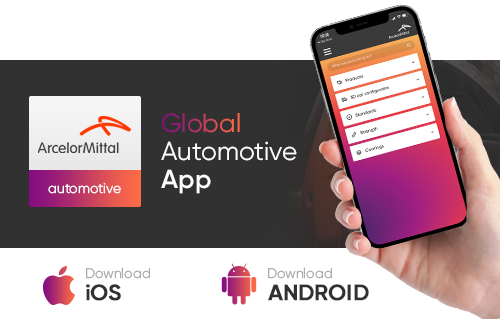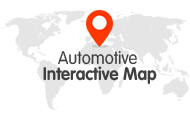Products
Product pages available in
EN - DE - FR - ES
Sustainability
News, events and stories
Discover the power of less with MPI
Multi Part Integration® (MPI) is ArcelorMittal's breakthrough approach to automotive body design and manufacturing. By consolidating multiple components into large single parts, MPI reduces complexity, speeds up assemby and cuts costs, without compromising safety and performance.
From lower CO2 emissions to lighter vehicles, MPI helps manufacturers meet today's chanllenges and prepare for tomorrow's. It is compatible across ICE, hybrid and electric platforms, and integrates seamlessly into existing lines.
Explore how MPI is transforming vehicle production, with real-world case studies and results on our dedicated MPI site.
Featured case studies
Further studies are under development. The results will be published on this page as they become available. We’re also interested to hear where you'd like to apply MPI in your vehicles.
Contact us for a confidential discussion
More information
More info about ArcelorMittal Multi Part Integration® (MPI)











